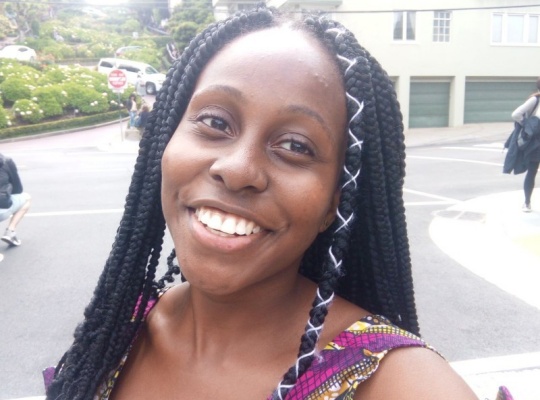Codetown
Codetown ::: a software developer's community
Class Family Accord
Class Family Accord - Abstract
An Accord class family is a hierarchy of classes for which another class hierarchy has been designated as corresponding. Class A0 is the top of the class family, class A1 extends A0, class An extends An-1.
The partner of this class family is B0 at the top, Bn extends Bn-1. Class family A and B are have an Accord relationship if, by design intention, An corresponds to Bn. In each level, there is at least one method that overrides or defines a variant with a behavior representative of the progression of requirements.
The intention of this design concept is to maintain this correspondence when, as requirements evolve, the design calls for extending An and Bn into An+1 and Bn+1. The reason for maintaining this relationship would be that A has new or refined behaviors that only make sense with reference to the state or behaviors of B at the same level.
To realize this relationship in the Java programming language, a designer could simply document the intention. However, coding would inevitably require explicit down cast to force references to the intended levels. This white paper suggests a set of Java annotations to make the Accord relationship between class families explicit and generate the necessary dispatch code and casts. The resulting generated code would in effect provide a parametric override capability.
At a minimum an annotation @Accord designates a class as the head or subclass in a class family. Its attribute has an attribute, partner, to identify the other class family. Methods that are intended to follow the progression are annotated as @Covariant. The effect is to make the method be a covariant override. Its parameter referring to a class at the same inheritance level in the partner family is treated a covariant. A prototype precompiler is (to be) provided for research purposes.
Notes
Welcome to Codetown!
 Codetown is a social network. It's got blogs, forums, groups, personal pages and more! You might think of Codetown as a funky camper van with lots of compartments for your stuff and a great multimedia system, too! Best of all, Codetown has room for all of your friends.
Codetown is a social network. It's got blogs, forums, groups, personal pages and more! You might think of Codetown as a funky camper van with lots of compartments for your stuff and a great multimedia system, too! Best of all, Codetown has room for all of your friends.
Created by Michael Levin Dec 18, 2008 at 6:56pm. Last updated by Michael Levin May 4, 2018.
Looking for Jobs or Staff?
Check out the Codetown Jobs group.
InfoQ Reading List
AWS Introduces VPC Encryption Controls to Enforce Encryption in Transit

AWS has recently introduced VPC Encryption Controls, allowing customers to validate whether traffic within and between VPCs is encrypted and to require encryption where supported. The feature provides visibility into unencrypted traffic, supports enforcement using compatible Nitro-based infrastructure, and allows exclusions for resources that cannot encrypt traffic.
By Renato LosioInside the Development Workflow of Claude Code's Creator

Claude Code's creator Boris Cherny described how he uses it at Anthropic, highlighting practices such as running parallel instances, sharing learnings, automating prompting, and rigorously verifying results to compound productivity over time.
By Sergio De SimoneNVIDIA Releases Open Models, Datasets, and Tools across AI, Robotics, and Autonomous Driving

NVIDIA has released a set of open models, datasets, and development tools covering language, agentic systems, robotics, autonomous driving, and biomedical research. The update expands several existing NVIDIA model families and makes accompanying training data and reference implementations available through GitHub, Hugging Face, and NVIDIA’s developer platforms.
By Robert KrzaczyńskiMongoBleed Vulnerability Allows Attackers to Read Data from MongoDB's Heap Memory

MongoDB recently patched CVE-2025-14847, a vulnerability affecting multiple supported and legacy MongoDB Server versions. According to the disclosure, the flaw can be exploited remotely by unauthenticated attackers with low complexity, potentially leading to the exfiltration of sensitive data and credentials.
By Renato LosioPresentation: Fast Eventual Consistency: Inside Corrosion, the Distributed System Powering Fly.io

Somtochi Onyekwere explains the architecture of Corrosion, a distributed system designed for low-latency state replication. She shares how Fly.io transitioned from Consul to a gossip-based SQLite solution to handle global machine data. By discussing CRDTs, the SWIM protocol, and QUIC, she shares how to build resilient systems that prioritize speed while managing the complexities of CAP theorem.
By Somtochi Onyekwere
© 2026 Created by Michael Levin.
Powered by
![]()
You need to be a member of Codetown to add comments!
Join Codetown